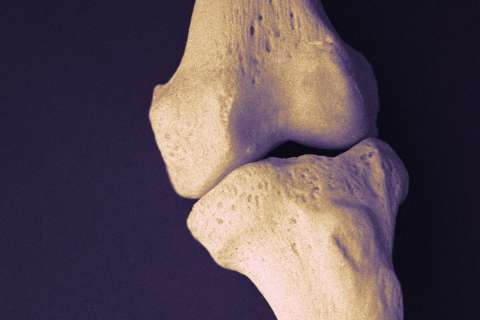Dear Doctors: Can you please talk about sinusitis? I’ve been having headaches and postnasal drip for a few months, and I thought it was because of my allergies. But my brother, who is a nurse, thinks it could be sinusitis. What are the symptoms, and how is it treated?
Dear Reader: Sinusitis occurs when inflammation or infection cause swelling in the tissues that line the paranasal sinuses. Often referred to simply as sinuses, these are two pairs of air-filled cavities that are connected by narrow passageways.
The paranasal sinuses are located behind the lower part of the forehead, just behind and on either side of the bridge of the nose, and within the bony structures of the cheeks. They are lined with tiny, hairlike structures that are bathed in a thin layer of mucus. In a heathy sinus, these hairs and mucus work together to capture and clear away the dust, dirt and other debris that enters the nose.
That mucus continually drains via the nasal passages and into a structure known as the nasopharynx. That’s the name for the area where the far back of the nose meets the throat. At that point, gravity carries the mucus to the esophagus, where it gradually makes its way to the stomach.
But when illness, infection or other inflammation cause sinus tissues to become inflamed, the flow of mucus becomes blocked. It begins to collect within the sinuses and causes a range of symptoms. These include congestion, tenderness in the face, a feeling of pressure in the head, frontal headache, postnasal drip, tooth pain, a loss of the sense of smell, a thick or cloudy nasal discharge that may appear yellow or green and persistent fatigue. The congestion from sinusitis can also affect the middle ear and lead to muted hearing or the symptoms of tinnitus.
A number of conditions, including colds and allergies, can cause symptoms that are similar to a sinus infection. That makes it easy to mistake one for the other. An accurate diagnosis begins with an examination of the throat, nose and sinuses. This may include the use of an endoscope, which is a thin, flexible tube with a light and a tiny camera. When infection is suspected, a mucus culture can pinpoint the cause.

Once the condition is under control, there are steps you can take to prevent future infections. This includes the practice of hand hygiene, staying up-to-date with immunizations, avoiding situations where you’re exposed to people with upper respiratory infections and steering clear of exposure to tobacco smoke. Regular nasal rinsing can also be helpful.
Since your own symptoms have persisted for several months, we think it wise to see your health care provider. They can provide a definitive diagnosis and, if needed, outline a treatment plan.
(Send your questions to [email protected], or write: Ask the Doctors, c/o UCLA Health Sciences Media Relations, 10960 Wilshire Blvd., Suite 1955, Los Angeles, CA, 90024. Owing to the volume of mail, personal replies cannot be provided.)



